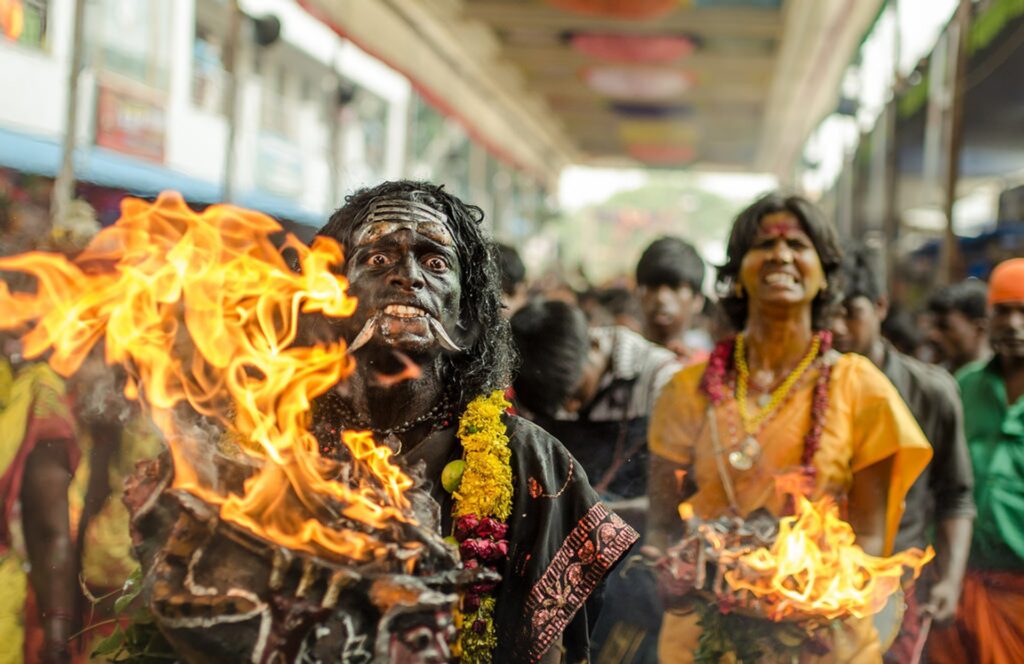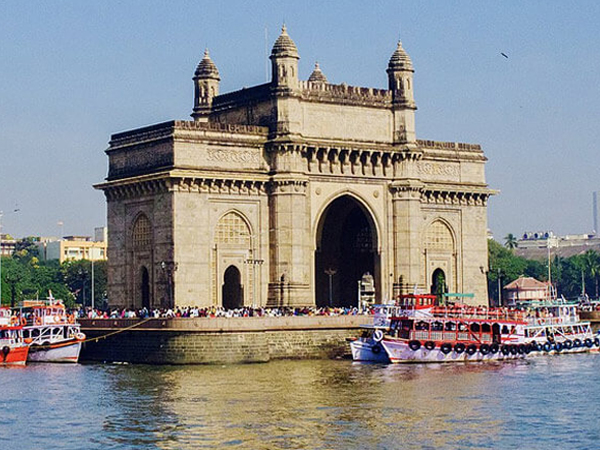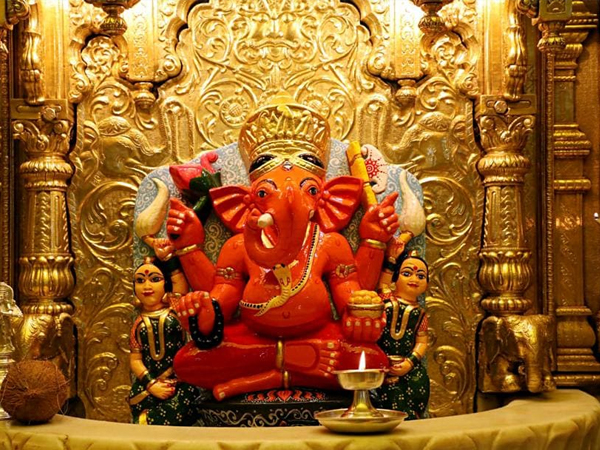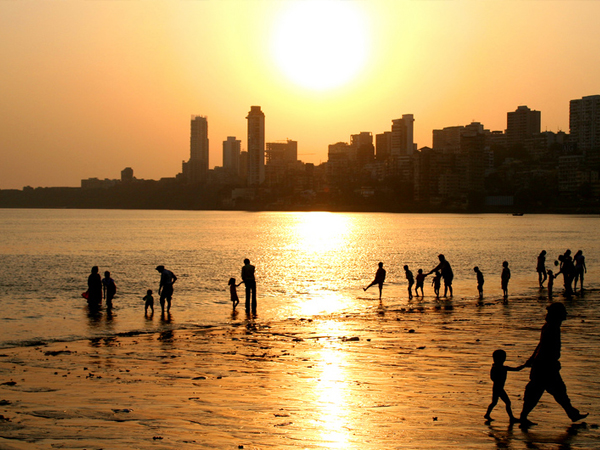Day 1: Ghatasthapana
Ghaṭasthāpanā (घटस्थापना “sowing Jamara”) marks the beginning of Dashain Festival. It means placing a kalasha or a pot, which symbolizes goddess Durga. Ghaṭasthāpanā falls on the first day of the festival. On this day, the Kalash is filled with holy water and is then sewn with barley seeds. Then the Kalash is put in the center of a rectangular sand block. The remaining bed of sand is also seeded with grains. The priest then starts the puja by asking Durga to bless the vessel with her presence. This ritual is performed at a certain auspicious time which the astrologers determine. The goddess is believed to reside in the vessel during Navaratri.
The room where all this is done is known as the Dashain Ghar. Traditionally, outsiders are not allowed to enter it. A family member worships the Kalash twice every day, once in the morning and then in the evening. The Kalash is kept away from direct sunlight, and holy water is offered to it every day so that by the tenth day of the festival, the seed will have grown to five or six inches long of yellow grass. This sacred grass is known as jamara. These rituals continue until the seventh day, and khokana village is celebrated Jatra

Day 7: Phulpati Sapta
Phulpati is a major celebration occurring on the seventh day of Dashain.
Traditionally, on this day, the royal Kalash, banana stalks, jamara, and sugar cane tied with red cloth are brought by Magars from Gorkha, a three-day walk, about 169 kilometers (105 mi) away from the Kathmandu Valley. Hundreds of government officials gather together in the Tundikhel grounds in conventional formal dress to witness the event. Then there is a majestic display of the Nepalese Army and a celebratory firing of weapons that continues for ten to fifteen minutes honoring Phulpati. The Phulpati is taken to the Hanuman Dhoka Royal Palace when the occasion ends in Tundikhel, where a parade is held. The king used to observe the ceremony in Tundikhel while the Phulpati parade was headed towards the Hanuman Dhoka royal palace.
Since 2008, when the royal family was overthrown, the two-century-old tradition is changed so that the holy offering of Phulpati goes to the residence of the President. The President has taken over the king’s social and religious roles after the end of the monarchy.
Day 8: Maha Asthami
The eighth day is called Maha Asthami. This is the day when the most fierce of Goddess Durga’s manifestations, the bloodthirsty Kali, is appeased through the sacrifice of buffaloes, goats, hens, and ducks in temples throughout the nation. Blood, symbolic of its fertility, is offered to the Goddesses. Appropriately enough, the night of this day is called Kal Ratri (Black Night). It is also the norm for buffaloes to be sacrificed in the courtyards of all the land revenue offices in the country on this day. The old palace in Basantapur Hanuman Dhoka is active throughout the night, with worships and sacrifices in almost every courtyard. On the midnight of the very day, the Dashain Ghar, 54 buffaloes, and 54 goats are sacrificed in observance of the rites. After offering the blood, the meat is taken home and cooked as “prasad,” or food blessed by divinity. This food is offered in tiny leaf plates to the household gods, then distributed amongst the family. Eating this food is thought to be auspicious. While the puja is being carried out, great feasts are held in the homes of common people. On this day Newar community has an event called “Khadga Puja,” where they do puja of their weapons. We wear tika and jamara with elders.
Day 9: Navami
The ninth day of the Dashain Festival is called Mahanavami, “the great ninth day.” This is the last day of Navaratri. Ceremonies and rituals reach a peak on this day. On this day, official military ritual sacrifices are held in the Kot courtyard in one of the Hanuman Dhoka royal palaces. On this occasion, the state offers the sacrifices of buffaloes under the gunfire salutes. This day is also known as the demon-hunting day because members of the defeated demon army try to save themselves by hiding in the bodies of animals and fowls.
On Mahanavami, Durga, the mother goddess Devi, is worshipped as it is believed that all the things that help us make a living should be kept happy. Artisans, craftsmen, traders, and mechanics worship and offer animal and fowl blood to their tools, equipment, and vehicles. Moreover, since it is believed that worshipping the vehicles on this day avoids accidents for the year, all the vehicles from bikes, cars, to trucks are worshipped on this day.
The Taleju Temple gates are opened to the general public on only this day of the year. Thousands of devotees go and pay respect to the goddess this day. The temple is filled with devotees all day long.

Day 10: Vijaya Dashami
The tenth day of the festival is the ‘Vijayadashami.’ On this day, a mixture of rice, yogurt, and vermilion is prepared. This preparation is known as “tika.” Often Dashain tika time is different every year. Elders put this tika and jamara, which is sown in the Ghatasthapana, on the forehead of younger relatives to bless them with abundance in the upcoming years. The red also symbolizes the blood that ties the family together. Elders give “Dakshina,” or a small amount of money, to younger relatives at this time along with the blessings. This continues to be observed for five days till the full moon, during which period families and relatives visit each other to exchange gifts and greetings. This ritual of taking tika from all the elder relatives (even the distant relatives) greatly helps renew the community ties. This is one reason why the festival is celebrated with so much vigor and enthusiasm.
Day 15: Kojagrat Purnima
The festival’s last day, which lies on the full moon day, is called ‘Kojagrat’ Purnima. The literal meaning of Kojagrat is ‘who is awake.’ On this day, Goddess Laxmi, who is believed to be the goddess of wealth, is worshipped as it is believed that Goddess Laxmi descends on earth and showers whoever is awake all night with wealth and prosperity. People enjoy the night by playing cards and much more.
Animal sacrifices are often the norm during this time, as the festival commemorates the bloody battles between the “divine” and “demonic” powers. The proponents of animal sacrifice interpret that this sacrificial act as the symbolic sacrifice of our animal qualities, but those opposed to animal sacrifice stress that the sacrificial act is nothing but an excuse to fulfill the appetite for food/meat.
The Malshree dhun is incorporated into mainstream Nepalese music as the music of Dashain. It is the tune that announces the Dashain has arrived. Malashree hoon is one of the oldest surviving devotional music of Newa art form, originating in the 17th century. In due time and the fact that Dashain happens to be celebrated not just by Newars but by all Nepalese, this dhoon caught up and now is part of the national culture and played during Dashain Festival.
As Dashain approaches, kite flying becomes more and more common. Riding kites has been a very important part of celebrating Dashain in the country, as it is considered to be one way of reminding God not to send rain anymore. During the festival, people of all ages fly kites from their roofs. Colorful kites and voices shouting out ‘changā chet’ (this phrase is usually used when one cuts the other person’s kite string) fill the days during the festival.
Playing cards is another way of celebrating Dashain Festival. While children are busy flying kites during Dashain, the older family members pass their time by getting together and playing cards with each other for money and fun.
Buying and wearing new clothes is an important part of the festival. As many people living in the villages are below the poverty line, it is often the case that new clothes come only with Dashain. Almost all the shops have festival offers and discounts. This makes shopping more attractive. Clothes have the highest sales during the festival.
Bamboo swings are constructed in many parts of the country as a way of celebration. Dashain swings are called ‘ping’ in Nepali. They present the best of local culture, tradition, community spirit, and fun. Community members construct these swings with traditional methods, using ropes made from tough grass, bamboo sticks, wood, etc. The swings are normally constructed a week before Ghatasthapana and dismantled only after the festival of Tihar, which comes after the Dashain Festival. The height of some swings exceeds twenty feet. People of all ages enjoy the swings. They are especially famous with children.
Fairs and celebrations are organized during the festival. Usually, small fairs are organized in the villages with Ferris wheels for children and other entertainment for the adults. However, in the city, commercial fairs and celebrations are usually organized.
Thousands of animals, including buffalo, ducks, and rams, are slaughtered in Dashain Festival every year. It has been considered an important ritual since it is believed that such sacrifices appease the goddesses. Almost all the temples, especially the Durga and Kali temples, are offered with thousands of sacrifices. Ashtami and Navami are the days when the sacrifices reach a peak. While thousands of animals are sacrificed to appease the goddesses, people also slaughter animals for feasts. Since many feasts and gatherings are organized throughout the fifteen days of the festival, the demand for meat goes up considerably. To meet the demand, the slaughtering of animals becomes considerably high and necessary.
Visit Dashain for more information. Also, have a look at our various monthly issues.




